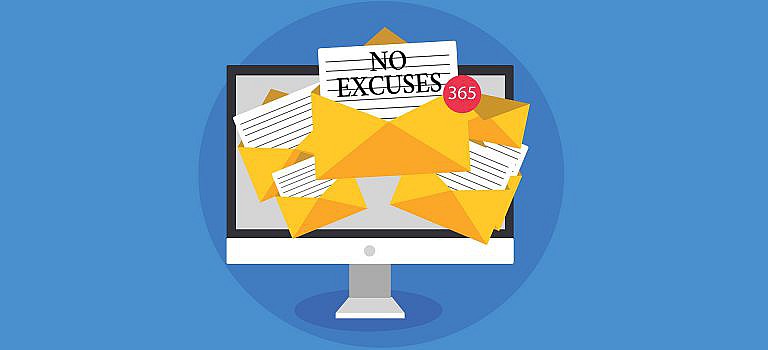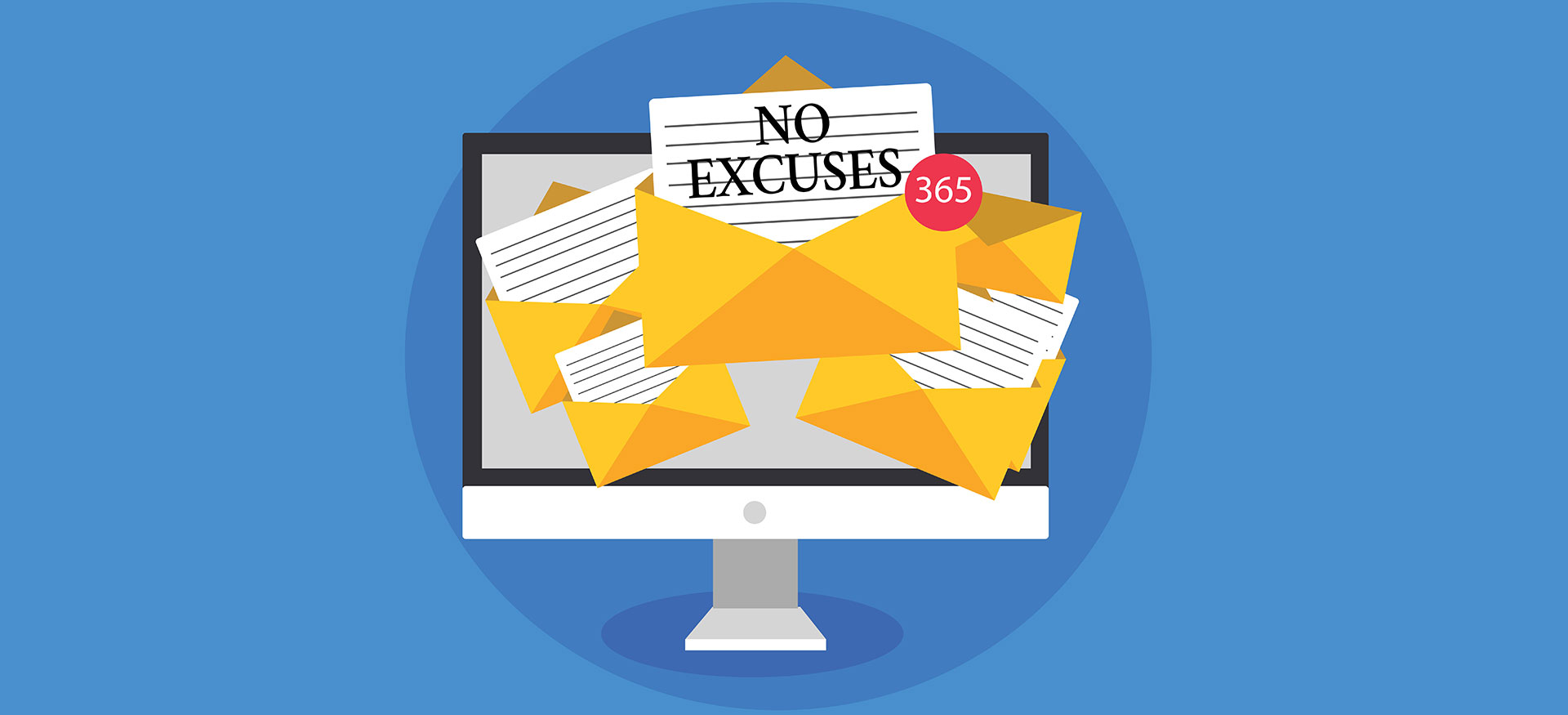
3 Steps to Knowing Your Customers Better
Oh, you had no idea that today was Get to Know Your Customers Day? Me neither. Evidently, I missed National Salami Day and National Ampersand Day last month as well, but luckily, I am catching this one just in time. All joking aside, taking a day a quarter to reflect on consumer insights and personalization is more than a great idea—it’s essential to your marketing strategy.
So, in honor of this occasion, here are three basic steps we can all follow to learn more about our customers and act accordingly.
#1 Learn their preferences
The best way to collect customer preferences? Ask them! If they are a part of your email database, send an email and ask them what they would like to learn more about, what products or services they are interested in, how and when they want to hear from you.
You can also capture this information while visitors are on your site. Software tools such as Qualtrics, HotJar, and SurveyMonkey enable you to serve visitors with a simple survey while they are already engaging with your brand.
Today’s consumers expect personalization, so they will appreciate that you’re taking an interest in their preferences.
#2 Store their preferences
Now that you asked for the information, you have to put it somewhere—ideally a client relationship management (CRM) system. Because this information may be coming from various sources, a customer data platform like Tealium can help you unify and accurately connect those data points to the same person across multiple touchpoints and send that information to your CRM. This way you can build a comprehensive customer view in real time and take the next steps within the technologies you already use.
3) Use their preferences
You’ve asked the right questions and collected the right information. To make all that data valuable, you have to act on it. Your customers’ preferences should be reflected in the experiences you provide for them. You’ll be showing them that what they say matters, while simultaneously encouraging further engagement with and loyalty to your brand.
There are countless ways to leverage customer insights to further engagement and personalization. As one example, we recently built a personalization campaign for a travel client that promoted travel destinations based on data; if most New York residents who visited the site ended up booking a stay in Florida, the site would promote Florida offers for all visitors from New York. However, once that same New York person visited a specific destination page on the site, such as California, the promotional offers would shift from Florida to California. This use of customer preference data increased revenue per visit by 45%.
As marketers, we tend to make decisions based on our personal experiences and opinions. But the truth is, it’s not about us.
You may not be able to achieve 1:1 personalization or engagement—at least not across all touchpoints. Most businesses can’t. However, most brands can get a lot closer than they are today. And the closer you get—the better you get to know your customer—the better the results.
Key Takeaways
- Today’s consumers expect personalization, so they will appreciate that you’re taking an interest in their preferences The best way to collect customer preferences? Ask them!
- Software tools such as Qualtrics, HotJar, and SurveyMonkey enable you to serve visitors with a simple survey while they are already engaging with your brand.
- Data about consumers needs to be stored somewhere; a customer data platform like Tealium can help you unify and accurately connect those data points to the same person across multiple touchpoints and send that information to your CRM.
- Your customers’ preferences should be reflected in the experiences you provide for them. You’ll be showing them that what they say matters, while simultaneously encouraging further engagement with and loyalty to your brand.
READY TO PROVIDE A BETTER POST-CLICK EXPERIENCE?
Get insights and tips to drive more business from less ad spend, more profit from less cost, and more customer value from less churn.


